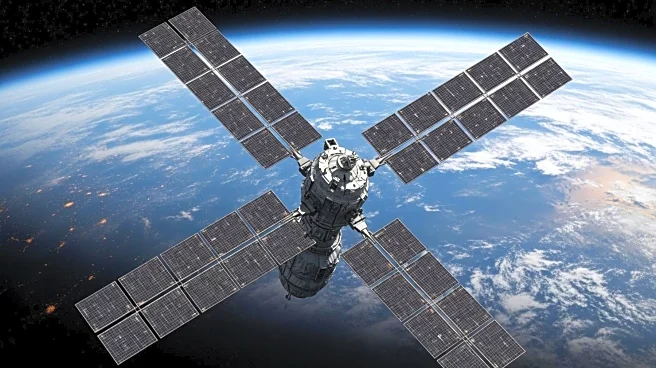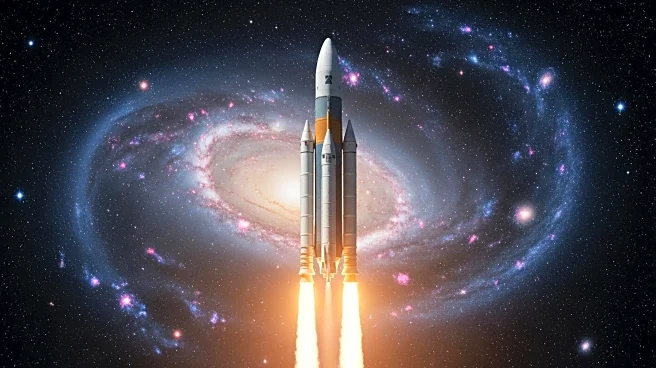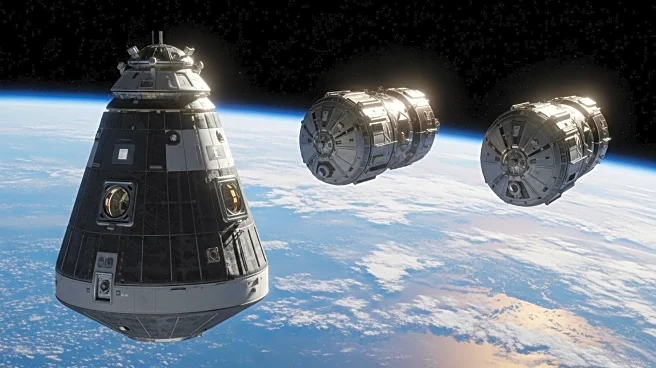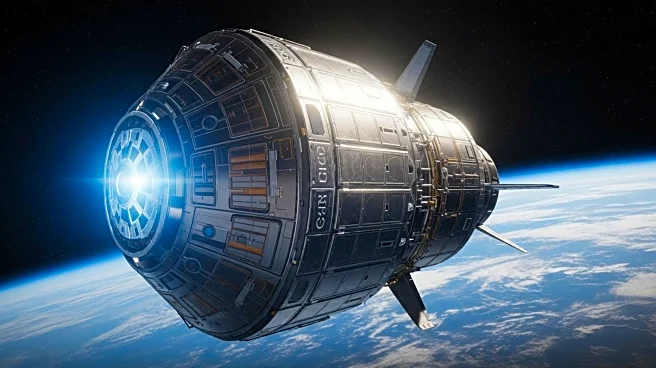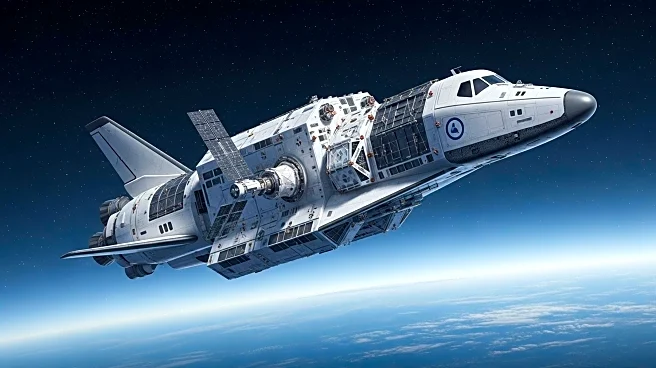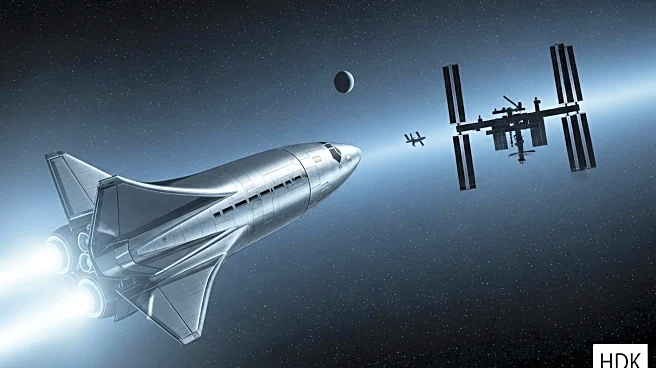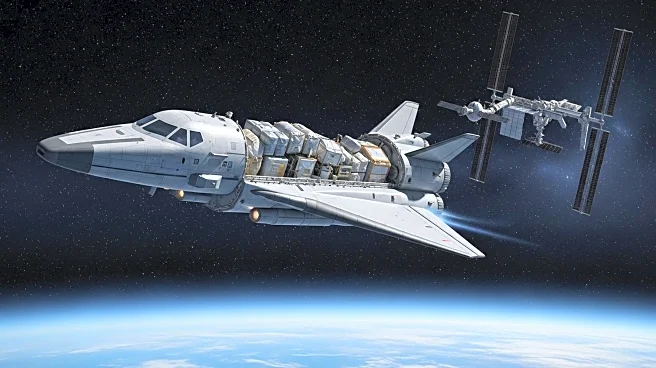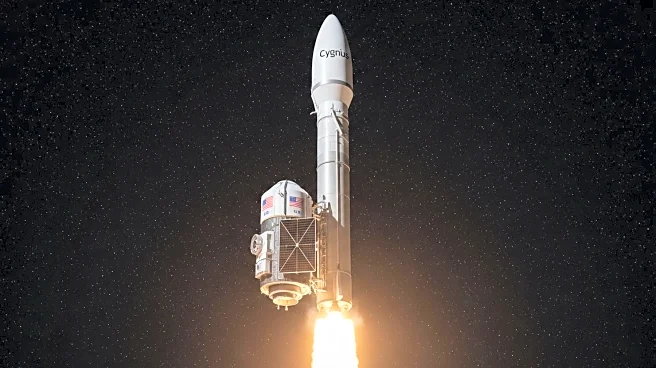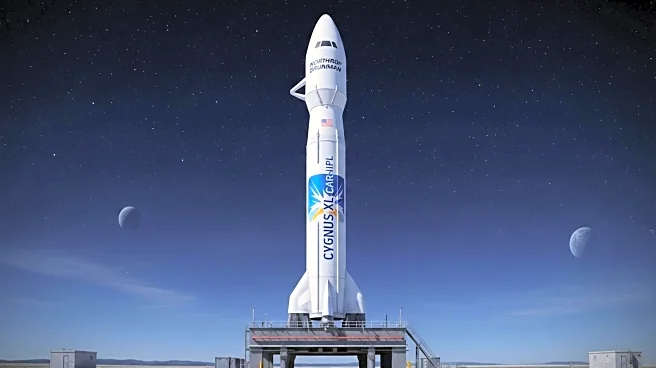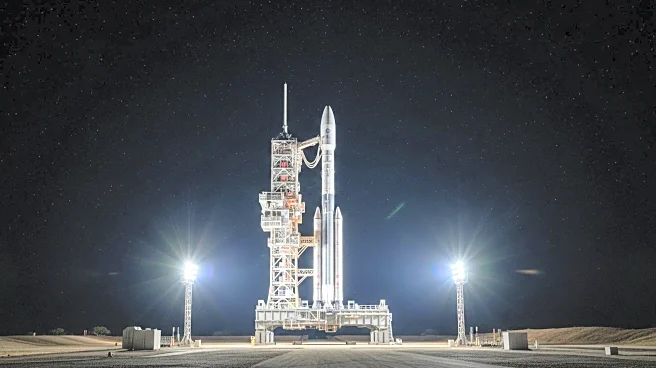What is the story about?
What's Happening?
Northrop Grumman's Cygnus XL spacecraft successfully deployed its solar arrays after launching on a SpaceX Falcon 9 rocket from Cape Canaveral. The spacecraft is part of NASA's Commercial Resupply Services mission, carrying over 11,000 pounds of scientific investigations and supplies to the International Space Station. The deployment of the solar arrays marks a critical step in the spacecraft's journey, ensuring it has the necessary power to reach the station. NASA astronaut Jonny Kim is set to capture Cygnus XL using the station's Canadarm2 robotic arm upon its arrival.
Why It's Important?
The successful deployment of solar arrays is crucial for the Cygnus XL spacecraft's mission, as it provides the power needed for its journey to the International Space Station. This mission supports ongoing scientific research and the resupply of essential materials for astronauts aboard the station. The operation demonstrates the collaboration between NASA and commercial partners like Northrop Grumman and SpaceX, highlighting the role of private companies in advancing space exploration. The mission's success is vital for maintaining the station's operations and supporting future research endeavors.
What's Next?
The Cygnus XL spacecraft is scheduled to arrive at the International Space Station on September 17, where it will be captured and installed on the Unity module. The spacecraft will remain at the station until March 2026, providing ample time for the crew to unload its cargo and conduct scientific investigations. The mission's progress will be closely monitored, with live coverage available on various platforms, including NASA+ and Amazon Prime. The successful completion of this mission will pave the way for future resupply missions and continued collaboration between NASA and its commercial partners.
AI Generated Content
Do you find this article useful?
